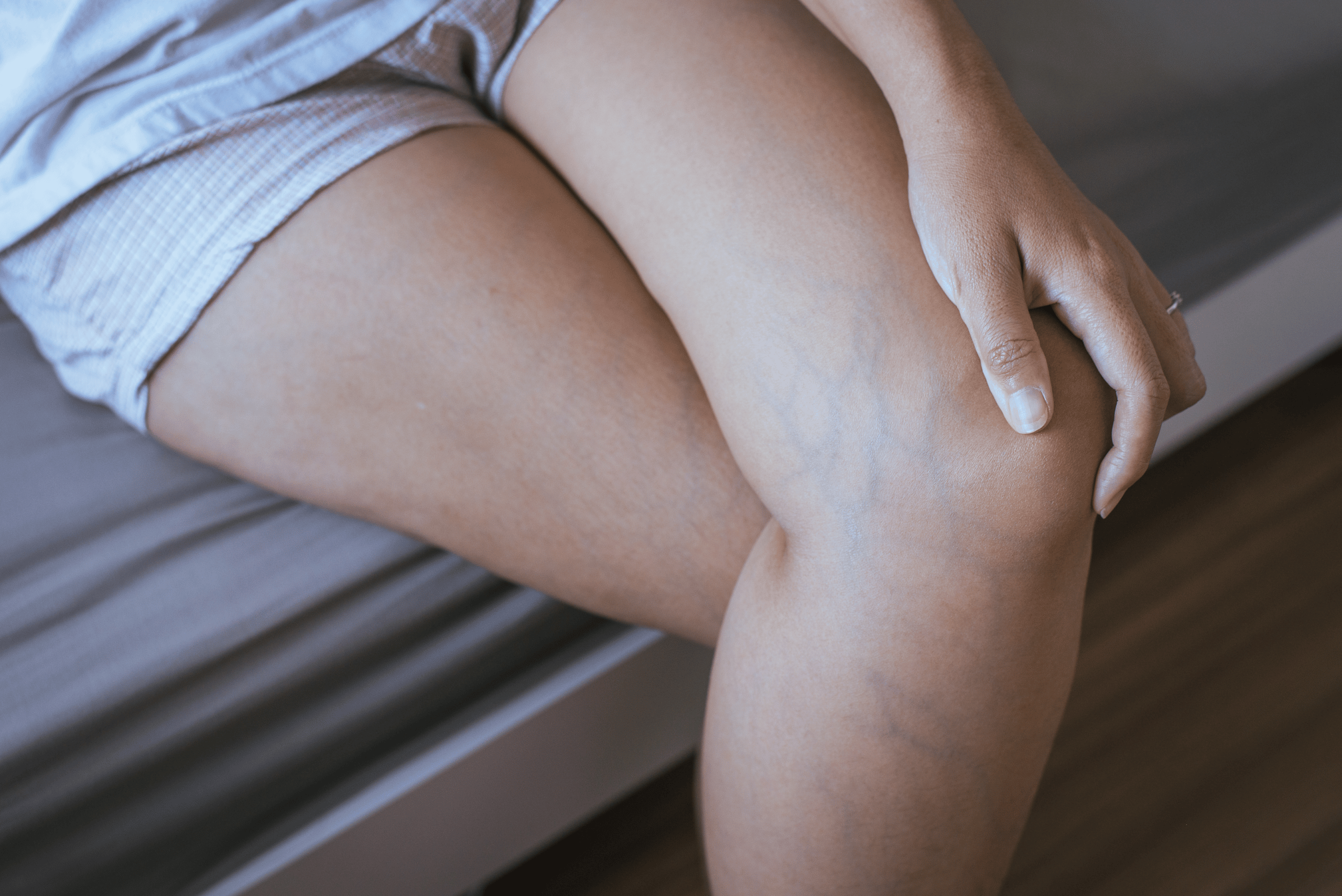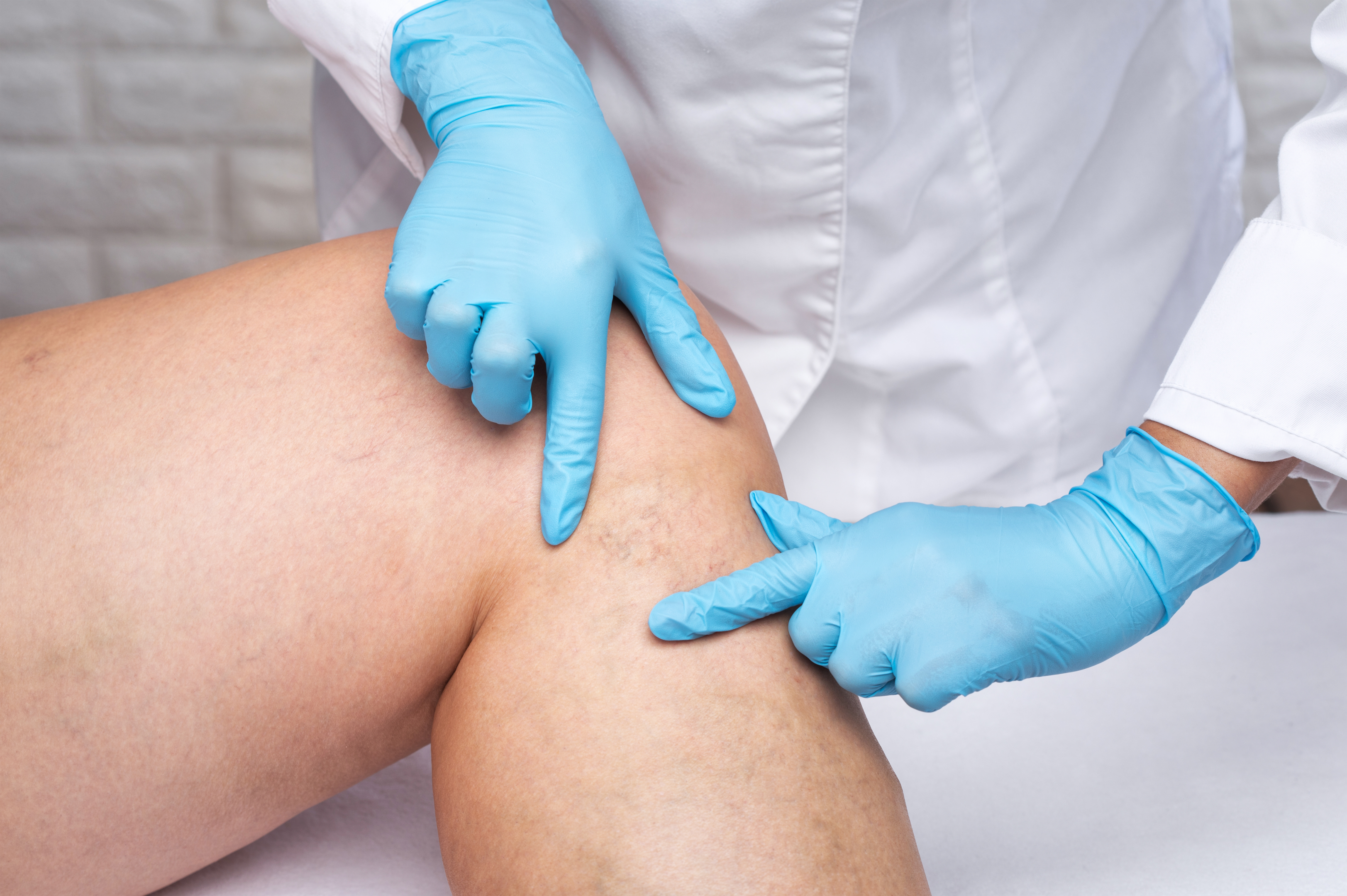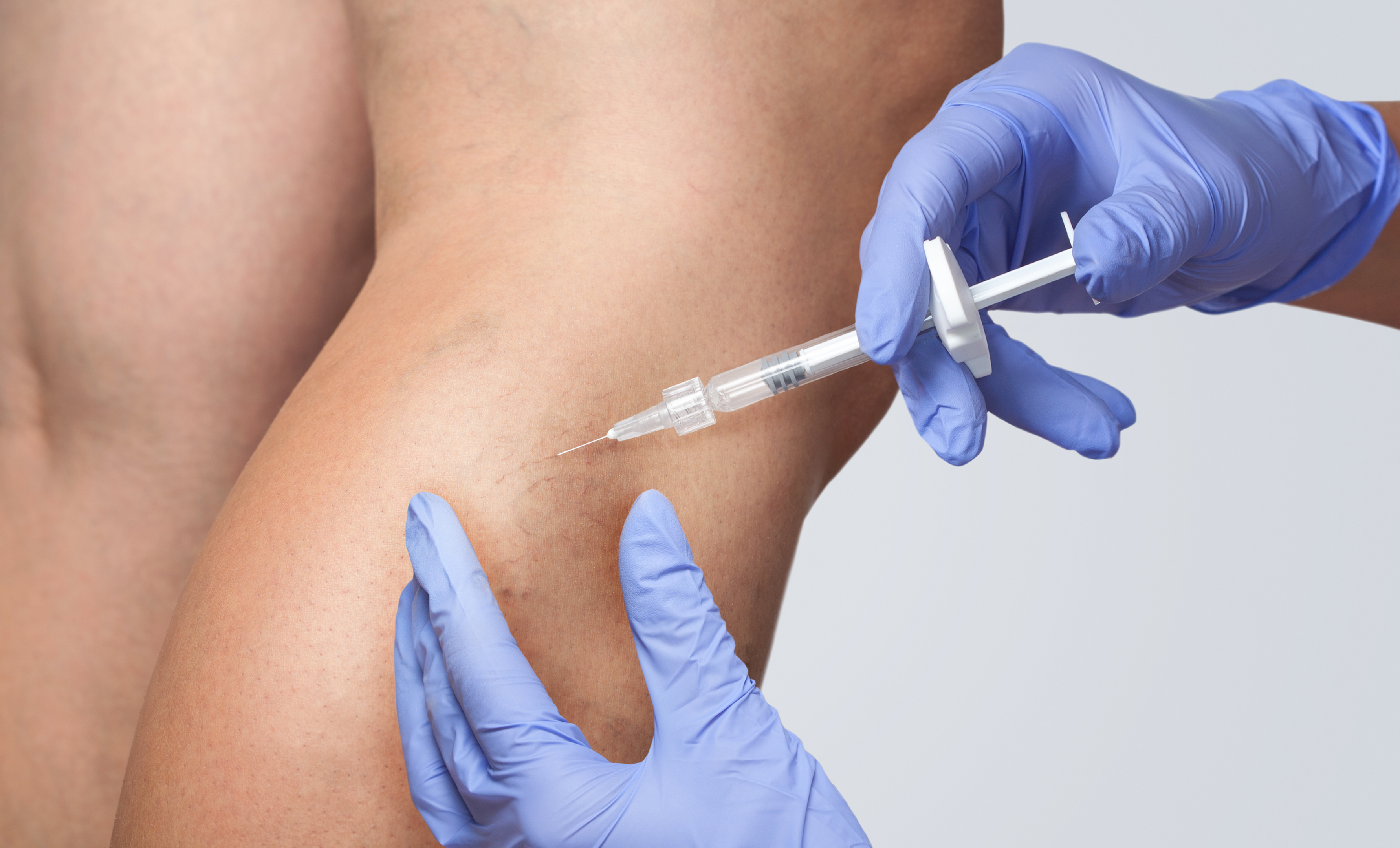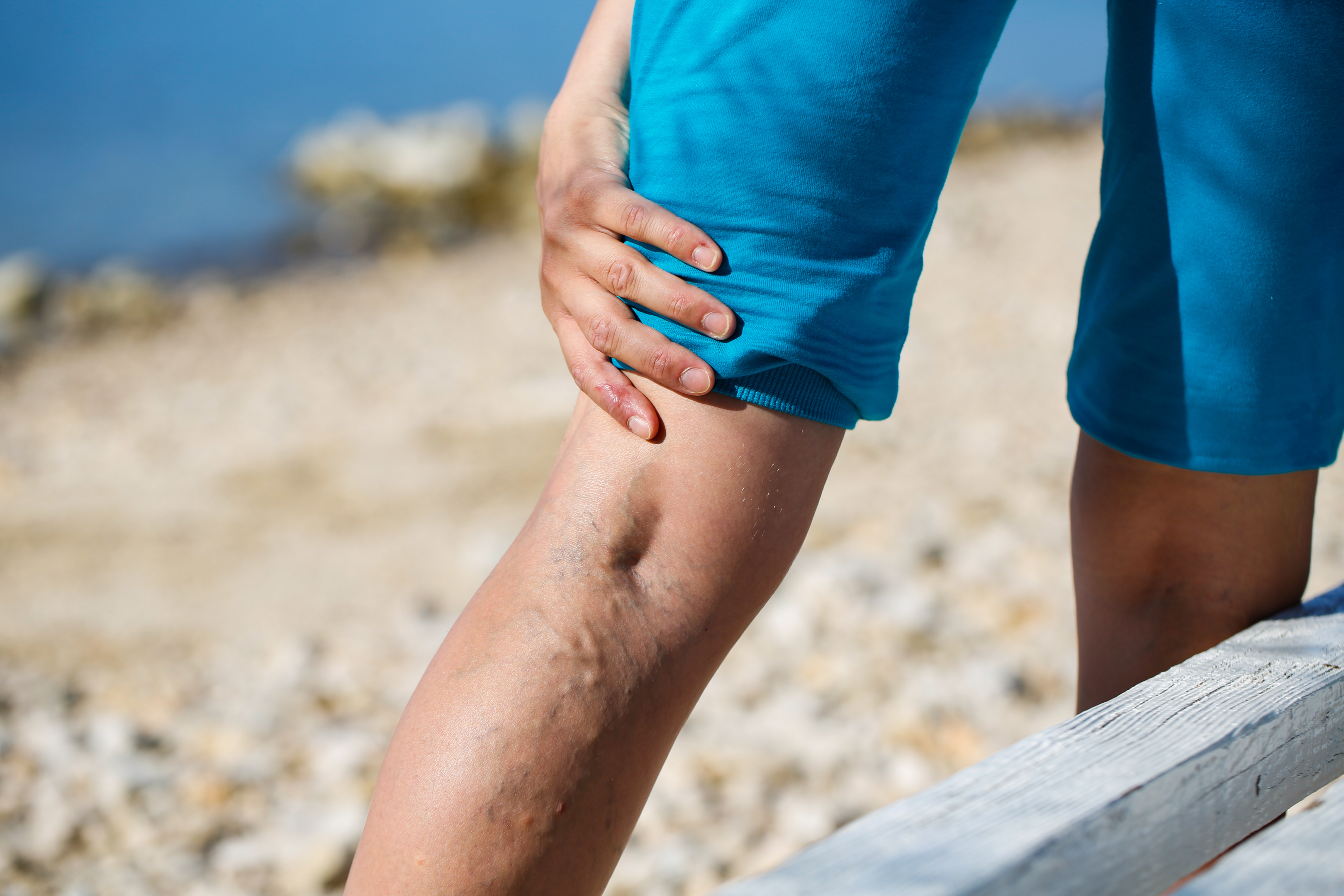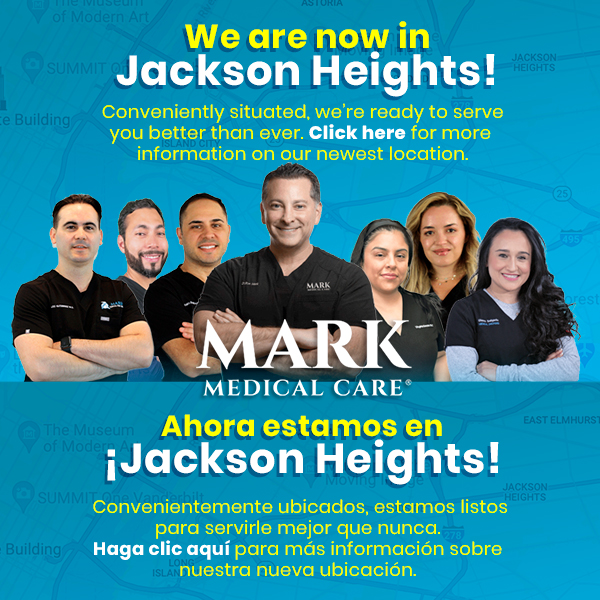Varicose veins are the result of poor blood circulation. They form when veins become filled with too much stagnant blood and become enlarged or dilated. In general, the affected veins have a red, blue, or purple appearance. They usually show up in the lower extremities and appear as raised near the surface. Varicose and spider veins are swollen and can result in significant pain and discomfort. They are more commonly seen among women and seniors with an estimated 25% of adults suffering from the condition.
Varicose veins laser therapy and sclerotherapy are considered two of the most efficient procedures to obtain sustainable relief from this condition. An experienced varicose vein treatment provider can determine whether endovenous laser or sclerotherapy injectable treatment may be more appropriate for you. In this guide, we will look at the varicose vein procedures in detail and provide general tips to deal with the condition.
Causes of Varicose Veins
Varicose veins occur when the blood vessels in a particular area (usually the legs) are unable to function as they should. Your veins contain a one-way valve mechanism to prevent backward blood flow. Blood begins pooling in the veins when a valve becomes damaged or worn. The blood won’t move towards the heart, which causes the vein to enlarge and become abnormally swollen.
Typically, varicose veins show up in the lower extremities because it’s the farthest from the heart. Gravity makes it difficult for the blood to naturally flow upwards. A few additional risk factors that may contribute to the occurrence of varicose veins may include:
- Menopause
- Age
- Pregnancy
- Sitting or standing for extended periods
- Family history of such diseases
- Obesity
Endovenous Laser Vein Treatments
How Does the Endovenous Laser Varicose Vein Procedure Work?
Endovenous laser ablation (EVLA) is performed as an in-office treatment that uses high-precision laser energy to target the diseased veins. Laser energy is directly delivered inside the affected vein in order to eliminate large varicosities, including the varicose saphenous vein. Laser vein treatment has become the first choice for venous reflex across the country. Ease of delivery, excellent long-term results, and minimal recovery time makes the laser procedure more popular.
Your healthcare provider may suggest this laser treatment if your varicose veins appear inflamed (swollen), red, or sore. Endovenous laser vein removal is recommended if the skin over the veins is irritated. While the condition may not be a serious health concern in some cases, it can usually become painful over time. Laser treatment is chosen because of excellent results and short recovery time.
Endovenous Laser Vein Treatment Procedure
This is an in-office varicose vein treatment procedure that doesn’t require the patient to spend a night at the hospital. An experienced vascular specialist can usually perform the procedure in less than an hour. You should be able to go home the same day so bring an extra set of loose-fitting clothes to wear following the procedure.
These are a few steps included in an endovenous laser vein removal:
- Your treatment provider’s staff will help you get comfortable on the exam table. You would be given special eyeglasses or goggles to wear to protect your eyes from the laser light. The table will be tilted at different positions during the surgery.
- The healthcare provider will use an intravenous medicine for numbing the entire length of the targeted vein. The area where the catheter or tube will be inserted will also be numbed.
- A Doppler ultrasound device will be used for checking the vein during the procedure. The process makes use of sound waves for creating an image on the computer screen.
- An incision will be made in the skin for inserting the catheter into the varicose vein. This catheter will house the laser fiber that heats up the length of your vein. The vein will eventually shrink and close up.
The incision made during the varicose vein treatment will be tiny and won’t require any stitches. Your surgeon will place a bandage at the treatment site. The procedure doesn’t affect any other nearby veins.
Benefits of Endovenous Laser Ablation
The biggest benefit of choosing endovenous laser treatment for your varicose veins is that the treatment is minimally invasive with a mild risk of complication. Other benefits include:
- Performed under local anesthesia
- Quick recovery
- No significant scars or stitches
- Low risk of infection
- Minimal discomfort
- High success rate
- Low rate of recurrence
- Excellent effectiveness
- Can be used on tiny varicose veins
Prospective patients should understand that formation of new blood vessels will not end with having any type of vascular surgery performed. You may need to return for multiple treatments.
FAQs on Endovenous Laser Varicose Vein Surgery
What is endovenous laser ablation?
Endovenous laser vein ablation is performed for closing the saphenous vein in the lower extremities. It is the primary superficial vein that causes the symptoms of varicose veins.
How does an endovenous laser vein treatment work?
Your treatment provider will insert a thin catheter into the vein by making a tiny skin puncture. The entire vein length will be injured or treated with laser. Eventually, the vein’s walls will close into scar tissue. Visible varicose veins regress when the saphenous vein is treated. Additional procedures, such as microphlebectomy and sclerotherapy injections, may have to be performed when the varicose veins don’t regress completely.
Is endovenous laser ablation painful?
Patients report that there is no pain or skin burns when the varicose vein is being treated. This is because of the intravenous numbing medication applied prior to the treatment. With that said, you might feel a momentary discomfort during the administration of the local anesthetic. There may also be slight tenderness and discomfort at the treatment site for 1–2 weeks following the procedure.
Can I drive home following the procedure?
You would need someone to drive you home because your laser therapist will give you medications or administer a local anesthetic to help relax during the laser vein surgery
Does EVLA have any advantages over stripping and ligation surgery?
Endovenous laser treatments are usually performed as an in-office, minimally invasive surgery. It doesn’t require any stitches and can be performed under local anesthesia. Patients can quickly return to normal activities after walking out from the treatment room. Stripping and ligation, on the other hand, is a more invasive, traditional surgery which may not be a preferred treatment option except in rare cases.
How long will I be in recovery?
There is minimal recovery time involved in the EVLA procedure. You should be able to resume normal daily activities almost immediately after walking out of the doctor’s office. Stemming from this, you should avoid prolonged sitting and strenuous exercises. Your treatment provider will ask you to refrain from activities such as biking trips or long plane rides for a few days.
Sclerotherapy for Varicose Veins
Overview of Sclerotherapy
Sclerotherapy is a safe and proven time-tested injectable procedure used for treating spider veins and smaller varicose veins. This procedure is generally performed on the legs. The vein specialist will use a tiny needle for injecting a special “sclerosing” agent into the targeted spider vein or varicose vein. The medicated solution will irritate the blood vessel lining and cause it to collapse. The result will be scar formation that closes off the vein, while the blood flow gets rerouted through the surrounding healthy veins.
An offshoot of this spider vein treatment, called foam sclerotherapy, utilizes the same sclerosing agent (generally, sodium tetradecyl sulfate is used). The solution is injected with air mixed with it. The consistency is similar to that of shaving cream. Foam sclerotherapy varicose vein procedure is useful in treating larger and longer veins.
Suitable Candidates for Sclerotherapy
Sclerotherapy is usually appropriate for all people suffering from relatively minor varicose veins or spider veins in the legs. Taking this into account, there are a few patients that don’t qualify for the procedure. You should speak with a vascular specialist to determine whether you are an ideal candidate for the procedure or not. In general, sclerotherapy vein removal may not be appropriate for:
- Patients with a superficial vein thrombosis (blood clot) or deep vein thrombosis.
- Pregnant women. They need to wait for a minimum of three months following delivery before getting sclerotherapy.
- Breastfeeding women.
- Patients unable to get out of bed.
You may or may not be able to have sclerotherapy if you had a blood clot in the past. This depends on the cause and seriousness of the clot. Your treatment provider may not perform sclerotherapy on a vein that may be required in the future during surgical bypass procedures unless it is already rendered unusable.
Benefits of Sclerotherapy Procedure
Sclerotherapy is a highly safe injection procedure for erasing unsightly veins. Here are a few reasons why sclerotherapy has remained a treatment of choice for decades.
Highly effective
The majority of patients are satisfied with their results from the procedure. Almost 50–80% of injected veins might disappear in a single sclerotherapy session. You may be able to leave the treatment provider’s office with smooth and healthy-looking legs. The treatment may provide a long-lasting or permanent solution if you were avoiding summer dresses and shorts because of unsightly web-like or bulging veins in your legs.
Furthermore, you should know that there are no guaranteed results even though the treatment has an outstanding record of successful outcomes. Less than 10% patients that get the injections might not respond to it. Varicose veins removal usually takes 3–4 months while spider veins fade away in 3–6 weeks. You may need additional treatments if new abnormal veins reappear.
Simple and quick treatment approach
Sclerotherapy treatment is an in-office procedure and can be completed in less than an hour. Your treatment provider will encourage you to return home the same day and walk around to prevent blood clots. You will be asked to avoid strenuous activities for up to 2 weeks following the procedure.
Dark spots may form around the injection site due to excessive sun exposure. Sclerotherapy is a safe treatment and doesn’t require the use of IV sedation or general anesthesia. There’s no cutting or removal of skin tissue involved in this procedure which helps in reducing the risk of complications and post-treatment scarring.
Pain relief
Sclerotherapy is often used for addressing superficial cosmetic concerns related to spider and varicose veins. Pertaining to this, it may also be helpful in treating the underlying pathology which caused the pain and discomfort in the first place.
FAQs on Sclerotherapy Vein Removal Procedure
What is sclerotherapy for varicose veins?
Sclerotherapy is a minimally invasive injectable procedure used for treating spider and small varicose veins. It involves the direct injection of a medicated saline solution into the affected veins, which causes them to shrink and disappear eventually.
What is sclerotherapy typically used for?
Sclerotherapy was earlier performed for improving the cosmetic appearance of varicose and spider veins. It’s now mainly performed for treating the underlying condition and symptoms, such as night cramps, swelling, burning, and aching.
How is the procedure performed?
Sclerotherapy uses a thin and fine needle for injecting the sterile sclerosing solution into veins. The solution irritates the vein lining, which causes it to swell. The lining sticks together and forms a scar tissue. The affected blood vessels soon get eliminated and the scar tissue exits through the natural metabolic process. This is an outpatient procedure, which can be completed in 30–45 minutes.
Who interprets the results of the procedure?
Your treatment provider will let you know whether the procedure was successful or not. You may be asked to come in for a follow-up visit, which may include imaging exams, physical check-up, and blood tests. Tell your doctor about any side effects or changes during the follow-up visit.
General Tips for Pain Relief When Suffering from Varicose Veins
Varicose veins and spider veins can cause significant discomfort if left untreated and become a source of aesthetic concern for many patients. While these veins are not completely preventable, taking a few simple measures can help defer the progression of the condition and reduce pain. These are safe and cost-effective methods that can be done from the comfort of your own home.
Regular Walks
You may not consider exercise to be a pain management remedy, especially when it comes to leg pain. You would be surprised at the benefits of light exercise and walking. You can maintain healthy blood flow by getting some exercise to your calf muscles during the day.
It doesn’t need to be extensive. You should take short sitting breaks if you have to stand for extended periods during the day. Walk around once in a while if your job entails you to sit most of the day. The key is to move as much as possible.
Avoid Sitting or Standing for Long Periods
Varicose veins typically occur when you sit or stand for an extended duration of time. You should avoid that and have a little break. You can catch up with a friend or colleague on the other side of the office or take frequent water breaks. You can prevent further deterioration of the condition by making this simple lifestyle change.
Reduce Your Weight
A primary cause of varicose veins is being overweight. Obesity can cause several health issues and varicose veins is one of them. Extensive body fat can increase the pressure on your legs leading to the veins not being able to do their job and developing varicose veins. You should consider reducing your weight to manage this and other conditions.
Keep Your Legs Elevated When Possible
You can get instant varicose vein pain relief by elevating your legs above the heart. Raising your legs uses gravity to help venous valves function effectively and get the blood flowing back from the lower body to the heart. You should try and keep the legs elevated while you sleep to reduce night cramping.
Drink Plenty of Water
Staying well-hydrated is important. Most conditions can be reduced by staying well-hydrated since blood circulation is increased through proper hydration. This cuts down the occurrence and magnitude of pain caused by the condition as well.
Wear Loose and Comfortable Clothes
You can trigger varicose pain by wearing high heels. You should consider wearing loose and comfortable clothes. Try not to wear tight clothing since that can restrict blood flow. This may result in additional pain. You should look for clothes that are loose around the legs and waist to allow for healthy blood circulation.
Talk to a Varicose Vein Specialist Today
There are several proven treatment options to help you get rid of unsightly varicose veins and spider veins. Dr. Mark and his dedicated team have helped numerous patients get sustainable relief from these vascular conditions. Mark Medical Care is equipped to provide you accurate diagnosis, advanced treatment, and high-quality care for varicose veins and spider veins.
You can visit any of our six office locations in Deer Park, Freeport, Woodside, Ridgewood, Medford (Eastern Long Island), and Washington Heights (Northern Manhattan). You can also call us at 877-673-4818 or use this online contact form to set up an appointment.
